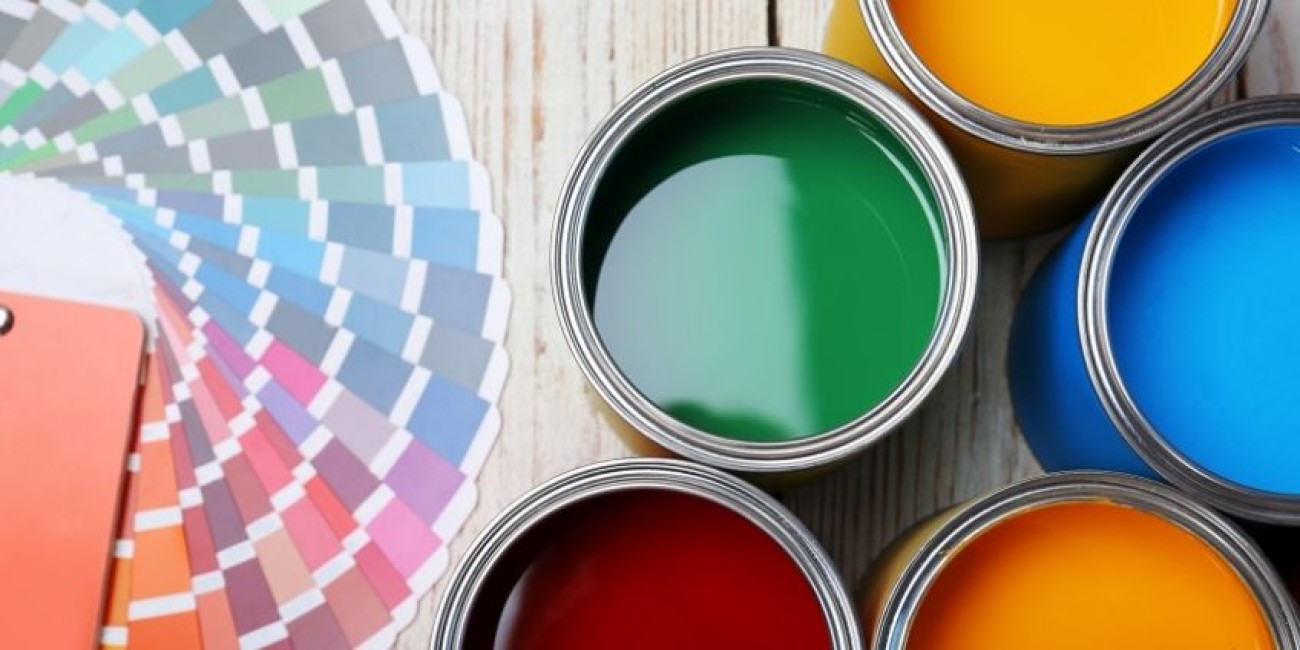What Does It Take To Make Paint Sustainable?

Many people don’t realize that renovating a house can take a toll on the environment. The renovations themselves create lots of waste. Items like new carpeting often contain harsh chemicals. And actions like sanding down wood can degrade the air quality in your home.
Painting your walls and furniture is one task that can potentially do all three of these things. But just because painting can be environmentally unfriendly doesn’t mean it has to be. All you need to do to avoid these issues is use eco-friendly paints. What does it take to make paint sustainable? Read on to find out.
The Dangers of Non-Sustainable Paints
To understand how people can make paints that are better for the environment, you must understand how they can be bad for the environment in the first place. The main dangers of paint come from its ingredients, such as harsh chemicals like glycol, formaldehyde, and benzene.
These chemicals are toxic and put volatile organic compounds, or VOCs, in the air. Along with being foul smells, they can have unexpected effects on a person’s health. Here are some examples:
- Exasperated allergies
- Irritated nose, throat, and eyes
- Headaches and nausea
- Breathing problems in young children
- Potential damage to the central nervous system
Additionally, when people dispose of oil-based paints improperly, they can cause wider environmental damages, such as pollution to the air, water, and soil. In some cases, paints can ignite, creating even greater hazards.
What Does It Take To Make Paints Sustainable?
To circumvent these issues, manufacturers need to create paints that don’t contain these toxic chemicals. Instead of making chemical- or oil-based paints, they can make paints with more natural bases, such as milk or water. They can also use more natural ingredients for the pigments.
Benefits of Using Sustainable Paints
There are myriad benefits to replacing harsh, oil-based paints with more sustainable water-based paints. Here are just a few noteworthy ones:
- They are easier to dispose of.
- They do not cause fires.
- They are suitable to use around children, pregnant women, and those with chemical sensitivities.
- They do not give off harsh smells.
- They don’t degrade the quality of your air.
That’s why here at ECOS Paints, we are intentional about creating truly sustainable paints. We test them at every stage to ensure they are non-toxic1 and VOC-free2 products. And don’t worry—they still look incredible too.
1Non-toxic - Conforms to ASTM-D4236, specifically concerning oral toxicity, skin irritation and respiratory effects.
2VOC-free - Conforms to CDPH 01350 (VOC emissions test taken at 11, 12, & 14 days for classroom & office use).


























